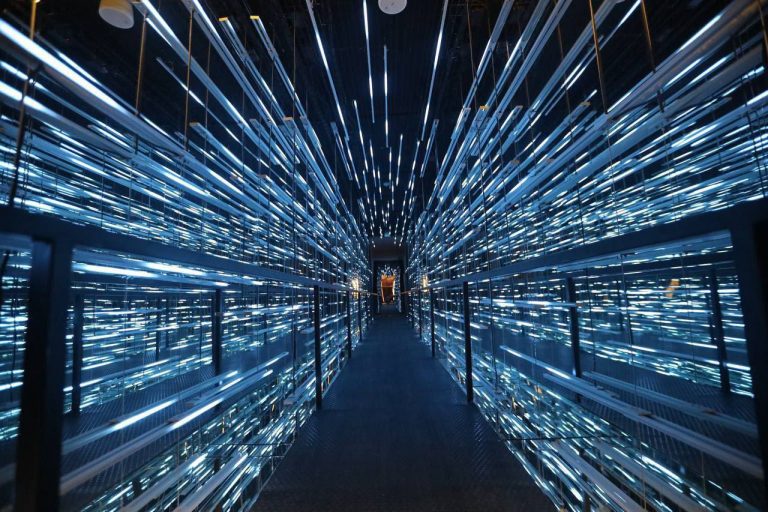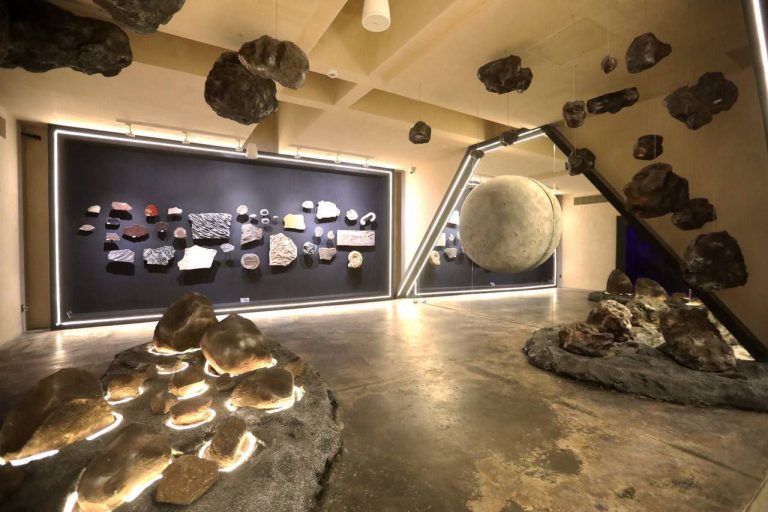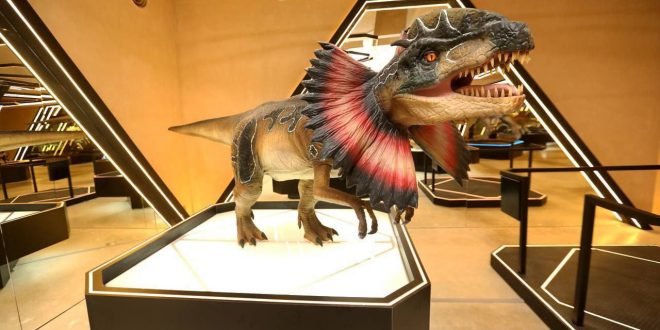The archaeological site of Chichen Itza increased its number of visitors by 12% in the first semester of 2023, surpassing one and a half million tourists, as reported by the Board of Cultural and Tourist Services Units of the State of Yucatan.
The Cultural Board reported that during the first two Sundays of August, the ancient Mayan city, a UNESCO World Heritage site, welcomed over 12,400 tourists per day, setting record attendance levels after the pandemic. On weekdays, the daily average attendance reaches 8,700 visitors.
The information from the Cultural Board, led by Mauricio Díaz Montalvo, details that during the first week of August, the 15 tourist stops operated by the state government served 92,627 individuals. It’s important to note that the Loltun archaeological site is in the process of being reactivated, and its reopening is expected to be announced in the coming weeks after being closed for two years due to flooding.
Reports from the state department establish that Chichen Itza may exceed 3 million visitors this year, especially with the reopening of the “Serie Inicial” zone scheduled for September. This area, which has been closed for research and recovery purposes, will now be open for small guided tours.
The Cultural Board and federal authorities from the INAH have announced that the “Serie Inicial” zone will be formally opened to the public on September 2nd. This expansion will offer even more attractions, allowing visitors to explore the living conditions of the great Mayan lords, priests, and families from a thousand years ago.
The area known as ‘Serie Inicial,’ named by American archaeologist Peter J. Schmidt, is an intermediate-sized urban complex of approximately 14,605 square meters. It combines residential areas with administrative and religious functions.
Additionally, it includes open spaces—plazas—with stages for elite rituals. The inscriptions identify the Cupul family, whose lineage is evident in the constructions, featuring names, details, dates, and events that continue to be investigated. This area, located southwest of the center of Chichen Itza, was explored around 1895 by Edward Thompson, and a century ago, in 1923, it piqued the interest of researchers from the Carnegie Institution in Washington, D.C.
This space was reinvigorated for research purposes 20 years ago, and the discoveries and insights gained in recent decades have allowed a glimpse into the lives of large families and their associates in the periphery of the religious center.
The findings and discoveries of the last two decades in the ‘Serie Inicial’ will be exhibited in the site museum under construction near the former Chichen Itza airport. This museum, along with a visitor center, is expected to be completed by December, as the current tourist facility has been overwhelmed by the number of visitors to this cultural and tourist hotspot, the most important in the country.
Regarding this, Mauricio Díaz Montalvo emphasized that the summer vacation season has seen a substantial number of visits to Yucatan’s tourist sites. He highlighted the case of the Meteorite Museum in Progreso, which is receiving almost 500 visitors daily.
He mentioned that in the first 10 days of August alone, the Meteorite Museum welcomed over 5,000 individuals, making it a favorite among visitors to the state and the port of Progreso.



The Meteorite Museum has become a must-visit attraction for those visiting Yucatan due to its intriguing theme and interactive rooms designed to make the information appealing to visitors.
TYT Newsroom


